The Learning Zone
"Learning is a treasure that will follow its owner everywhere." - Chinese Proverb

The Learning Zone
"Learning is a treasure that will follow its owner everywhere." - Chinese Proverb
"Coming together is the beginning, staying together is progress,
and working together is success." - Henry Ford
Kindergarten - Information Reports
How clever are our Kinder students! After reading a variety of texts about wombats and brainstorming important facts, they wrote Information Reports about these unique Australian animals.
The wombat is an Australian animal. It is a marsupial. It has short legs and a furry body. A wombat can dig. A wombat eats fresh grass and tree roots. The joey lives in its mothers pouch for 6 months. Written by Miller Kennedy.
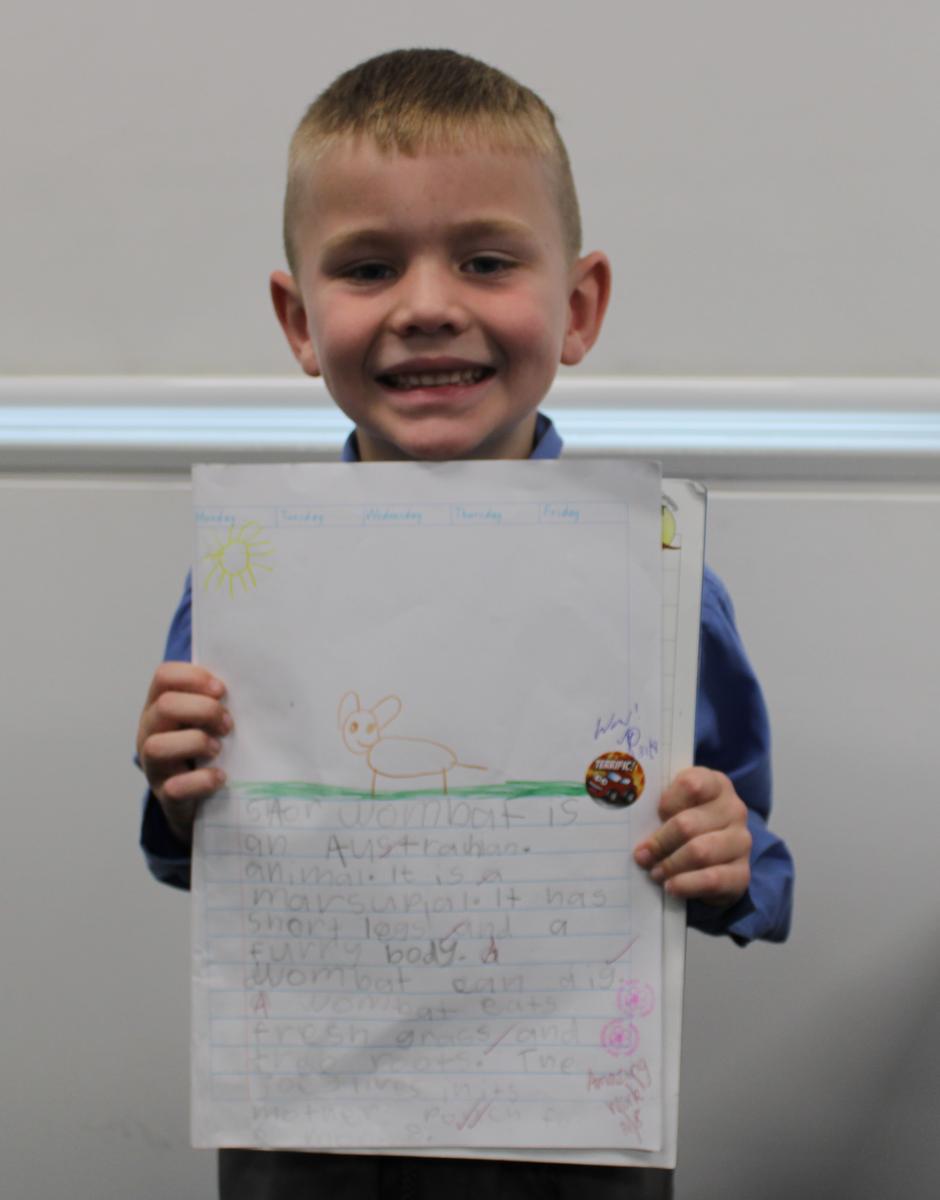
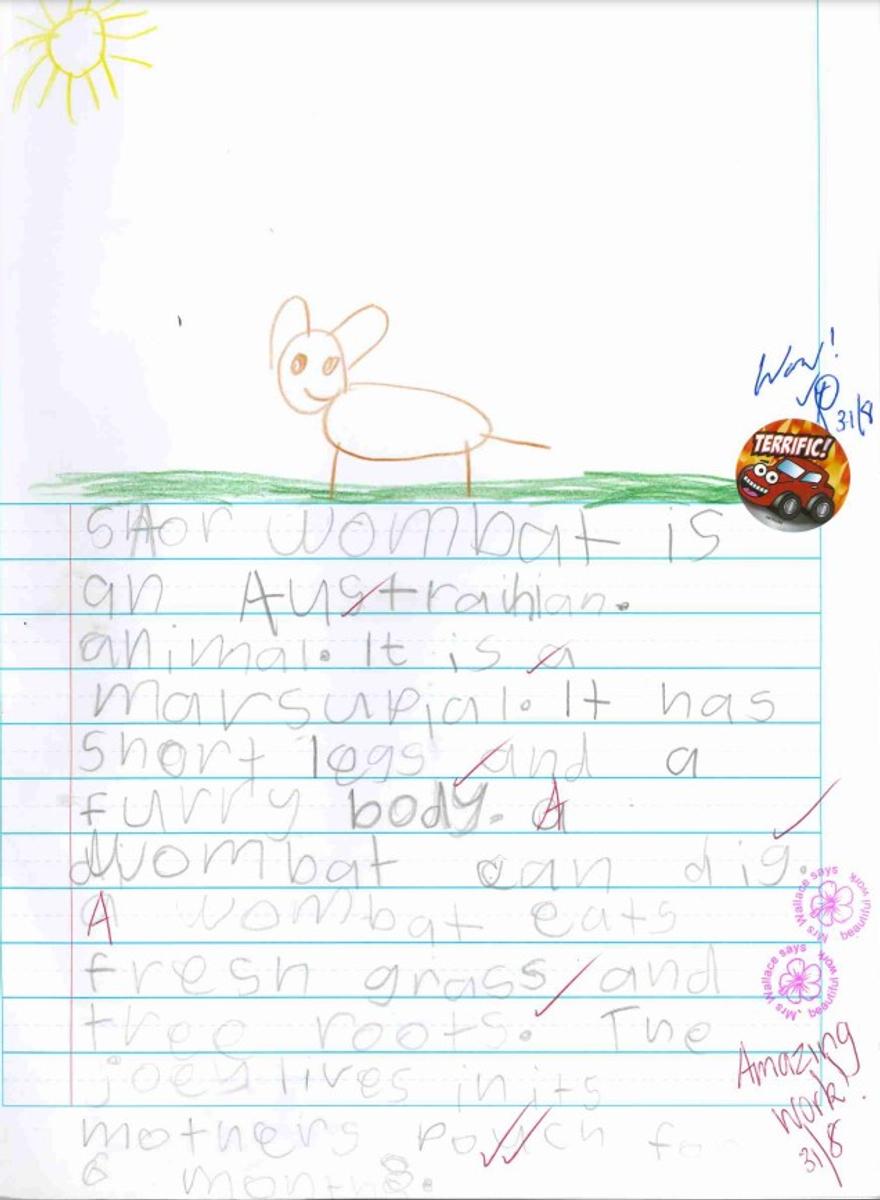


Stage 1 - Literary Description
Literary Descriptions describe people, characters, places, events and things in an imaginative way. They often form part of other pieces of writing, for example, a description of a character or setting can be found within a narrative story. Recently, Stage 1 wrote descriptions based on the picture prompt below showing a magical forest scene.
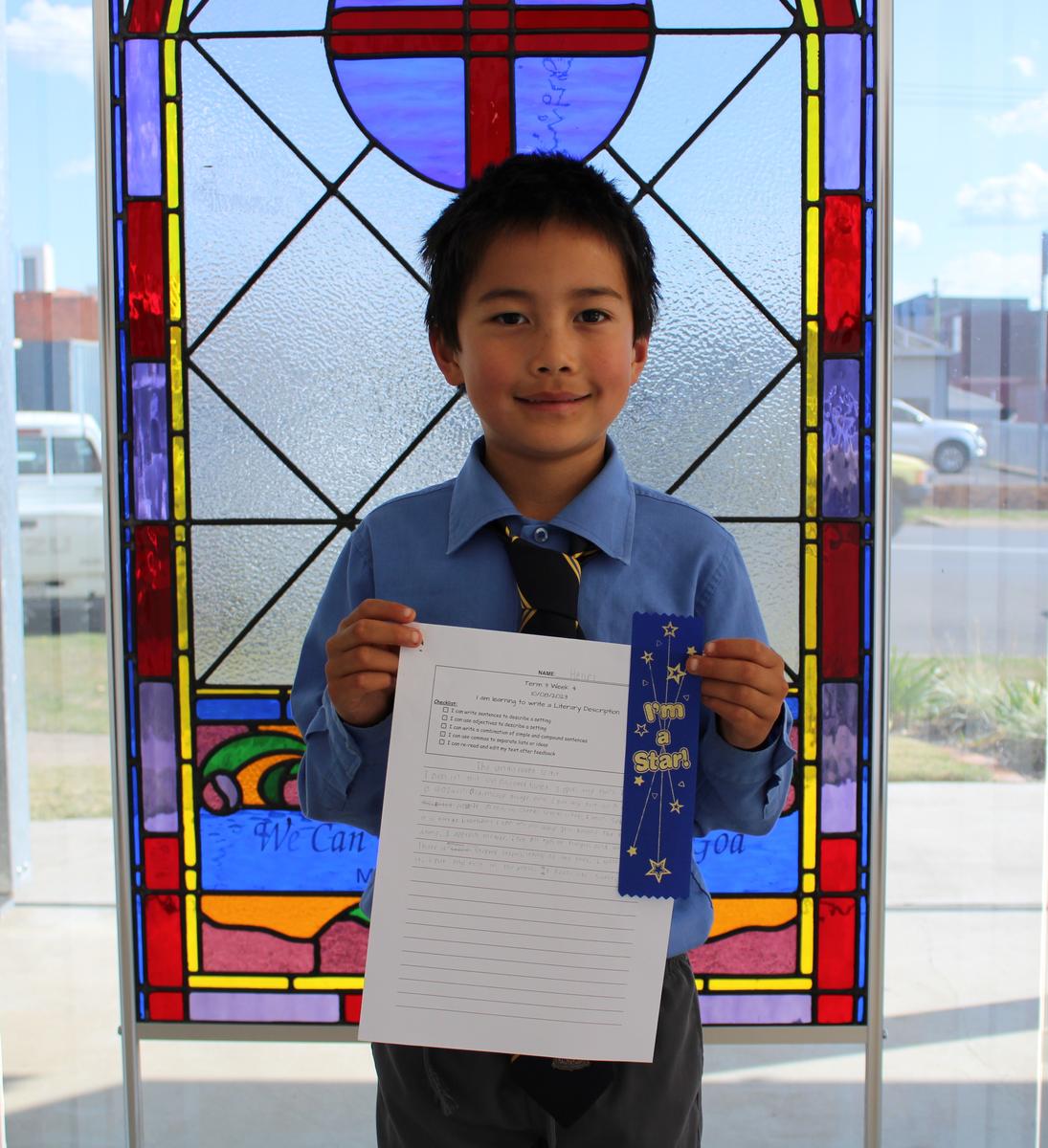
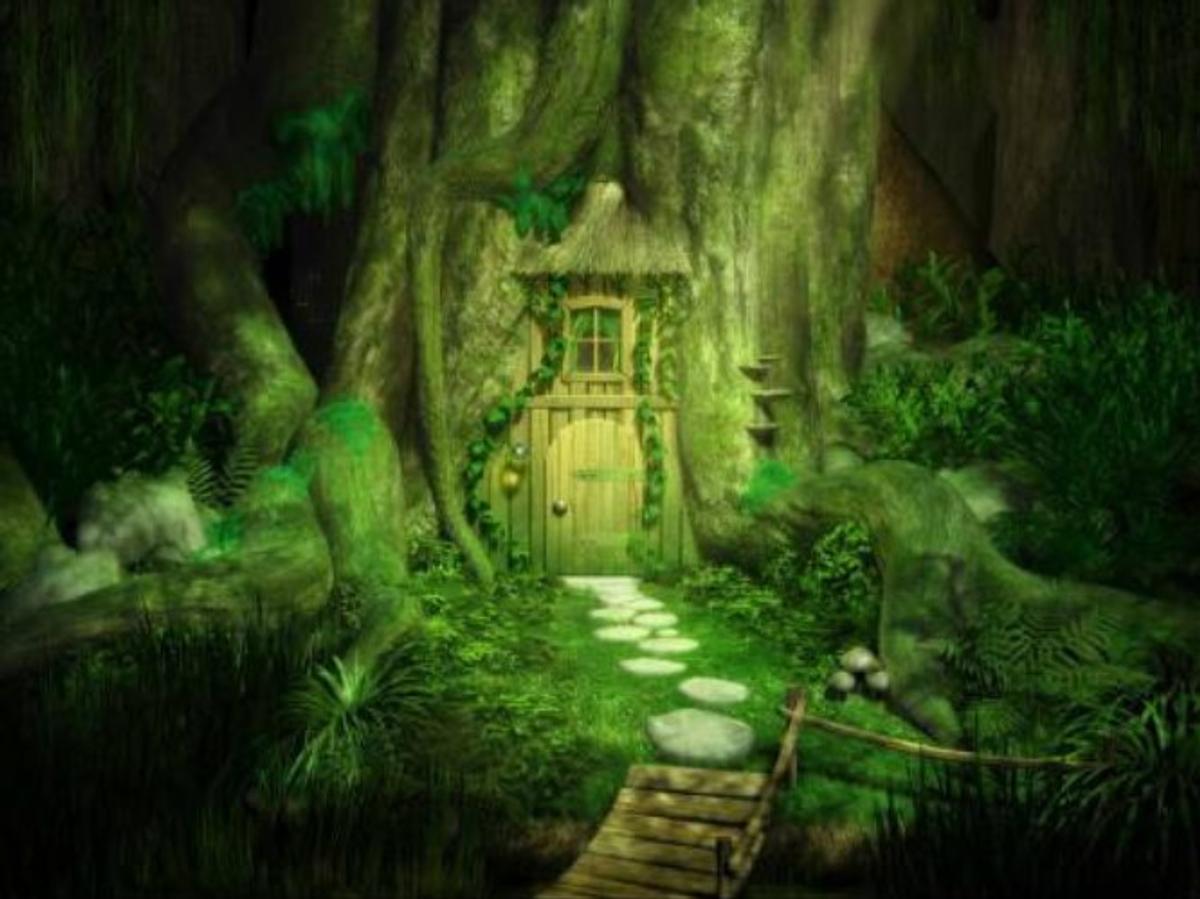


The Undiscovered Forest by Henri Hochstadt
I am in this undiscovered forest. I open my eyes. I see an old wooden mossy bridge. I put my foot on it and proceed across it. Creak! Creak! Creak! I hear. Suddenly it is hard to breathe. I can tell you why. It is because the air is damp. I approach the tree. I see all types of fungus and vines. There are stepping stones leading to the tree. I walk across. I put my foot on the grass. It feels like slime.
Stage 2 - Information Report
Students in Stage 2 are learning that Information Reports are informative texts that classify, describe and give factual information about people, animals, things or phenomena. They have also been on a virtual tour of one of Australia's most recognisable landmarks, Uluru! After gathering the necessary factual information, they started to compose their own Information Reports and publish them on google slides. The five work samples below show the first paragraphs of each Information Report; the students will continue with the next stages of their reports during the coming week. When looking at the work below you will also notice how the students have highlighted the VCOP elements in their work - Vocabulary (yellow), Connectives (pink), Openers (blue) and Punctuation (green), and included WWW (what worked well) and EBI (even better if) comments.
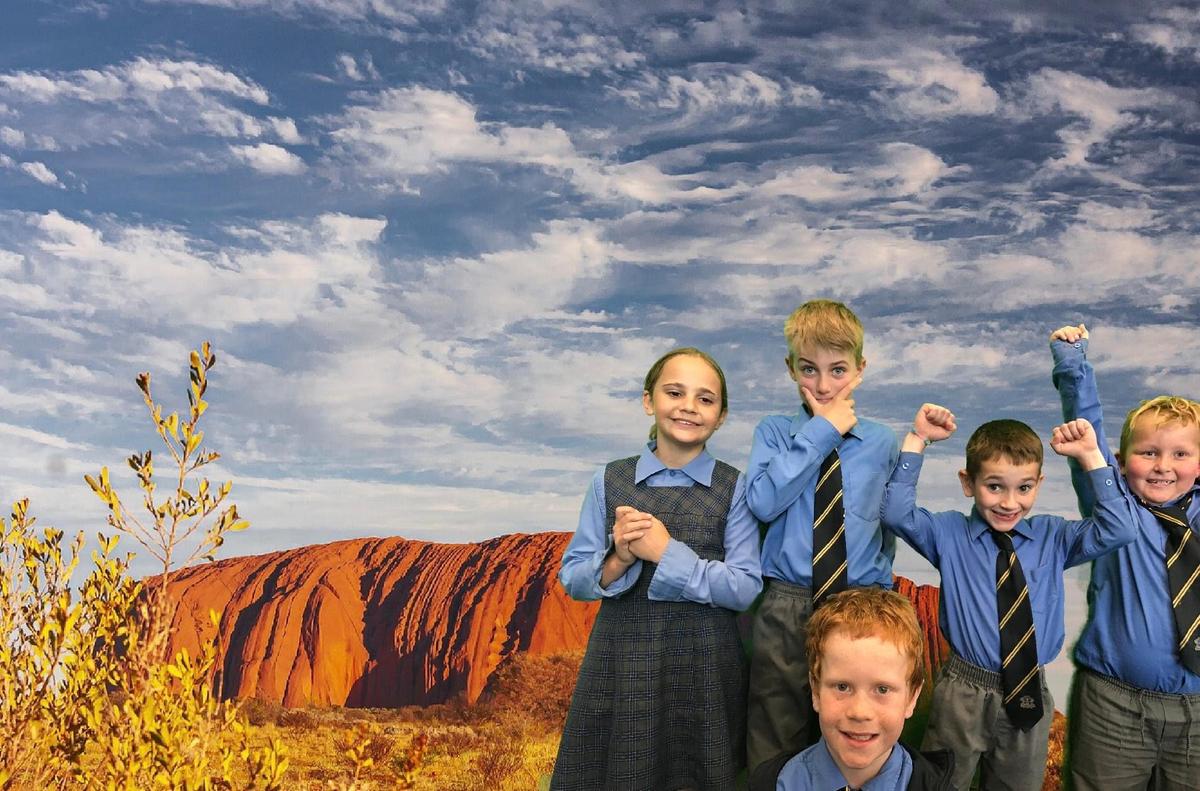

Stage 3 - Writing Website
A number of students in Stage 3 have used a web page creation tool called Google Sites to create a digital portfolio of their pieces of writing. The websites provide an excellent platform for students to collate and showcase their written work. At this stage, individual websites have not been published as they are work-in-progress.
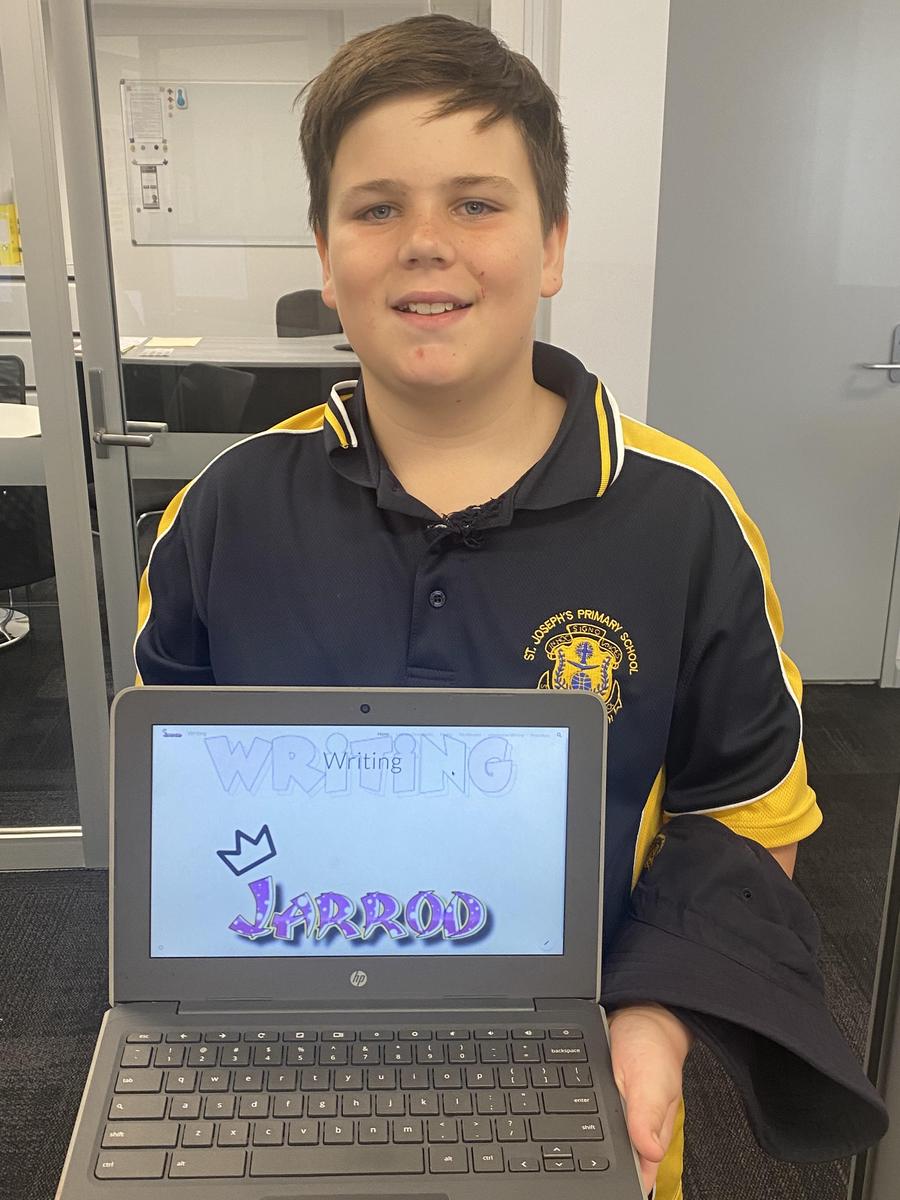

Click the button below to see Jarrod's amazing Writing Website. Once in the website you will see the menu options across the top right of the homepage. Jarrod will continue to add to his website throughout the remainder of the year.
What is happening in the world of mathematics at St Joseph's? Let's take a look!
Please see the information below to assist your child at home or to see what they have been doing so far this term.
Maths At Home:
Kindergarten - Subtraction
Use objects to assist when subtracting items. Below the student has used a hoop and bean bags. You may like to try the word problems below the diagram with your child.
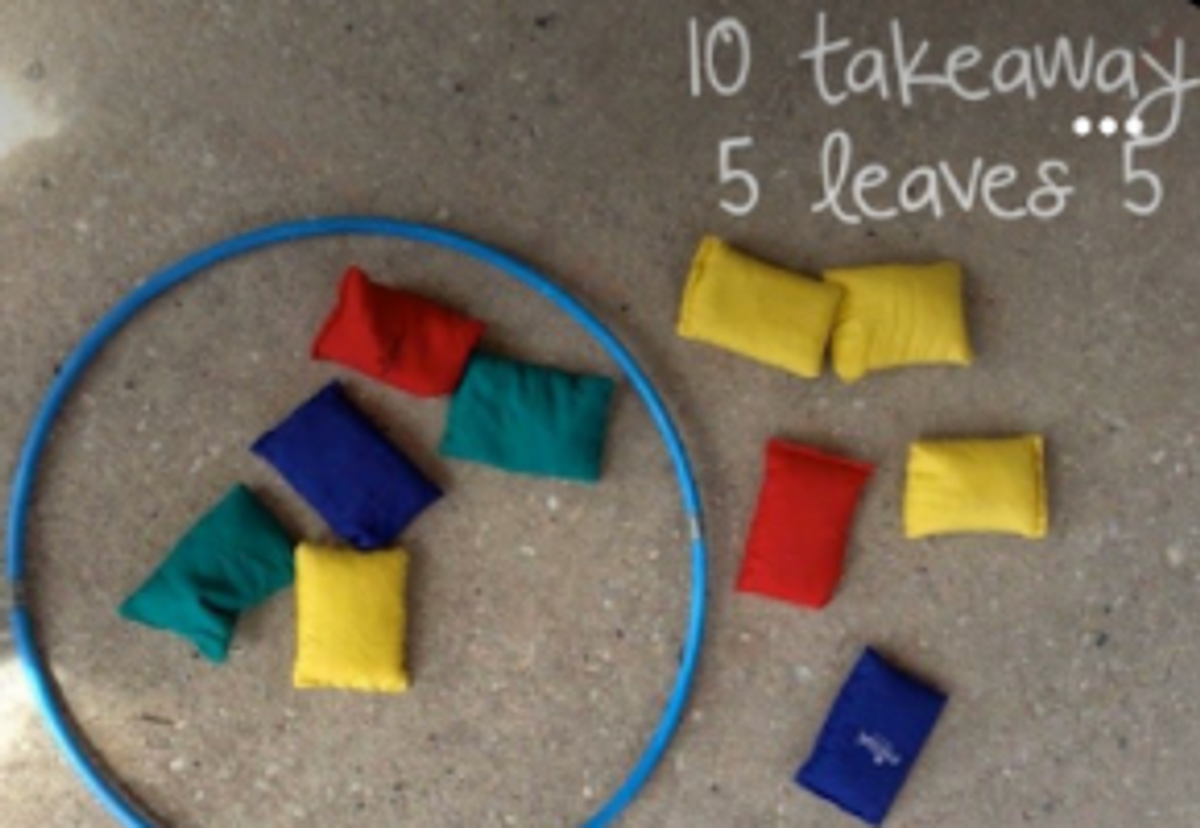

Problems of the Week:
Nina made twelve muffins for her friends when they came to play. Her friends ate four muffins. How many muffins are there now?
Finn scored eleven goals in a soccer match and Flynn scored five. How many more goals did Finn score than Flynn?
Draw your answers and show Miss George or Miss Salas, it would be great to see your thoughts.
Stage 1 - Division
In Stage 1, your child has been showing their understanding of division as sharing and grouping. There are many easy ways you can support this at home. Ask your child to practice division by sharing objects equally.
For example, share 8 objects into 2 equal groups. Using objects such as your child’s toys, items of food, or buttons helps them visualise what the calculation means and keeps them interested.
Problems of the Week:
I have 20 lollies to share equally with 4 friends and myself.
How many lollies will each person receive?
Is there another way to share the 20 lollies equally with more or less friends?
Draw your answers and show your teacher, it would be great to see your thoughts.
Stage 2 - Length
Stage 2 are working on aspects of Length this week.
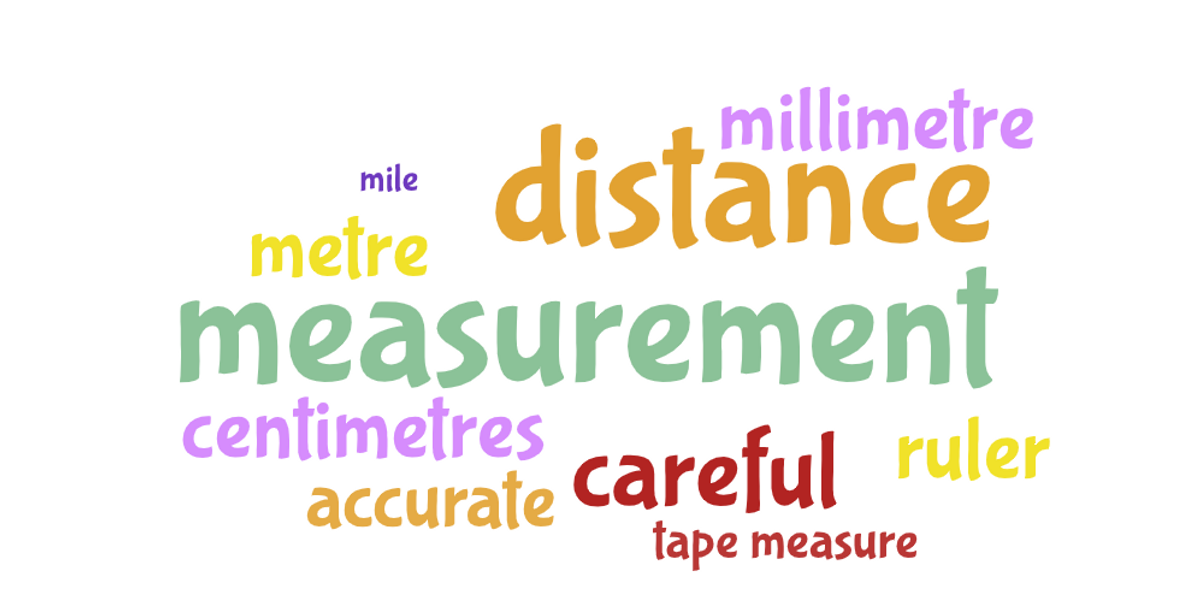

Please see the link below:
Doc from NESA and get your kids to measure!
Stage 3 - Area
Stage 3 are working on Area.
What is the area of a rectangle that has an 11 cm length and a 3 cm width?
The base of a triangle measures 6 cm and the perpendicular height is 7 cm.
What is the area of the triangle?
Show your working out.
Have a great week of learning and fun!
Maree Holland & Greg O'Toole